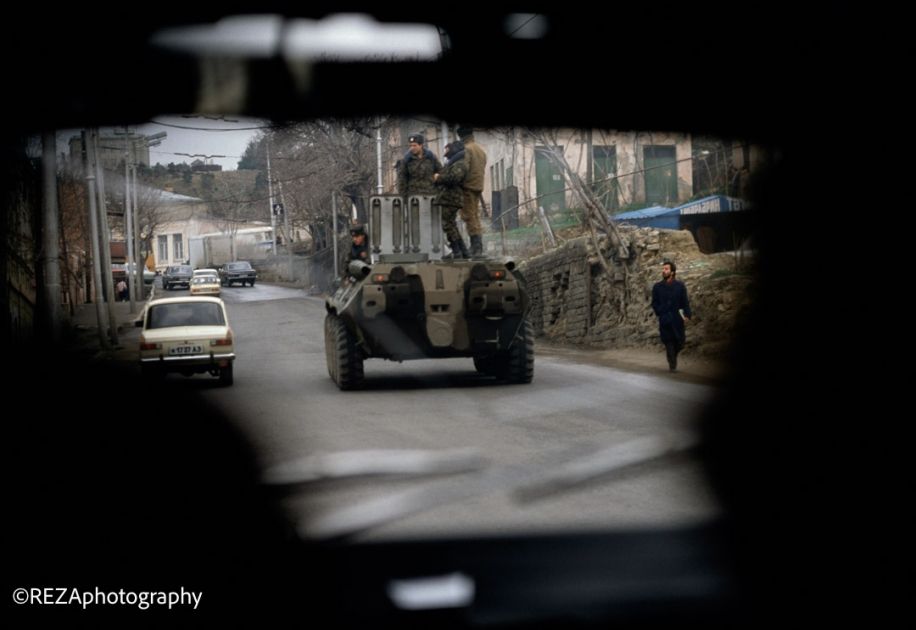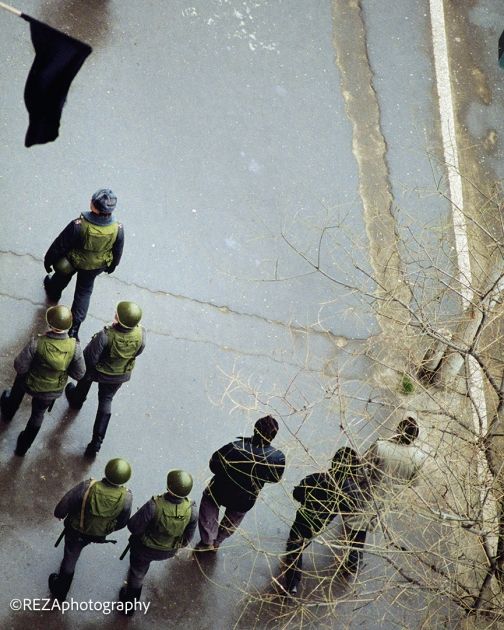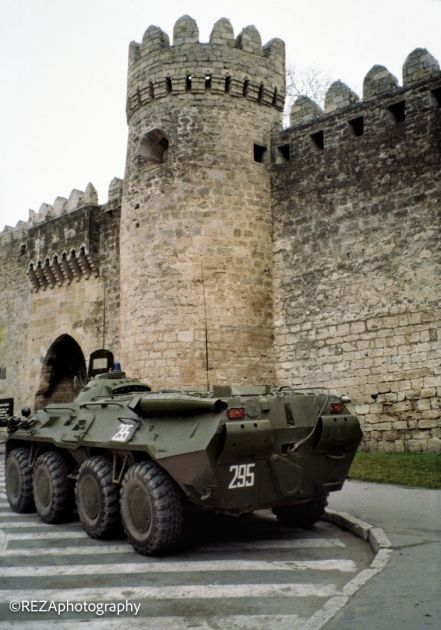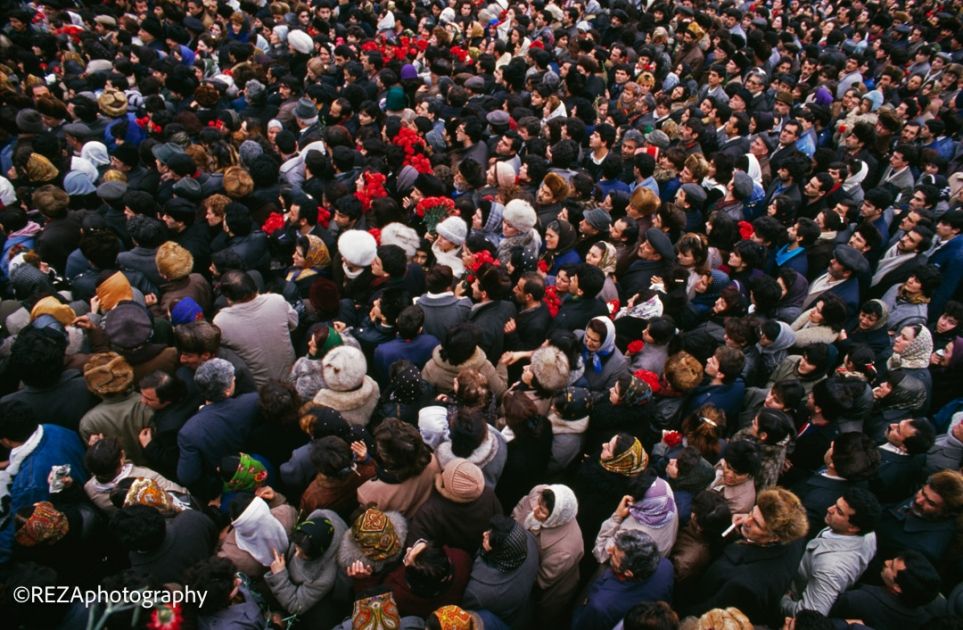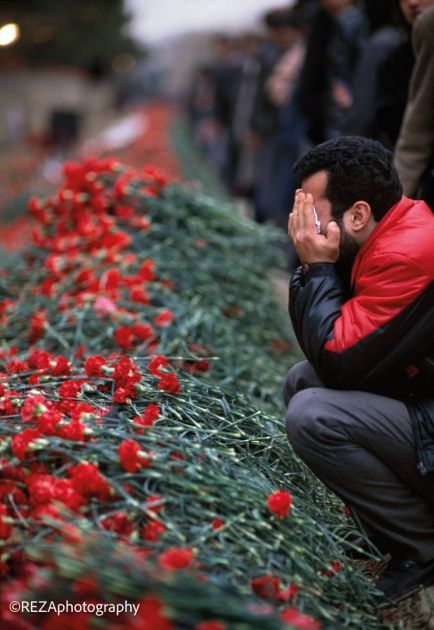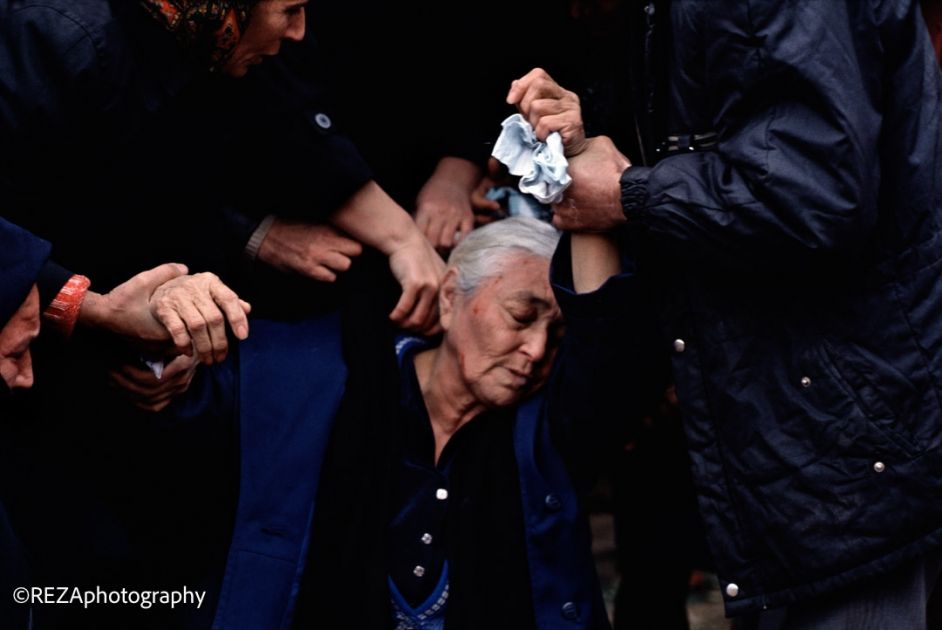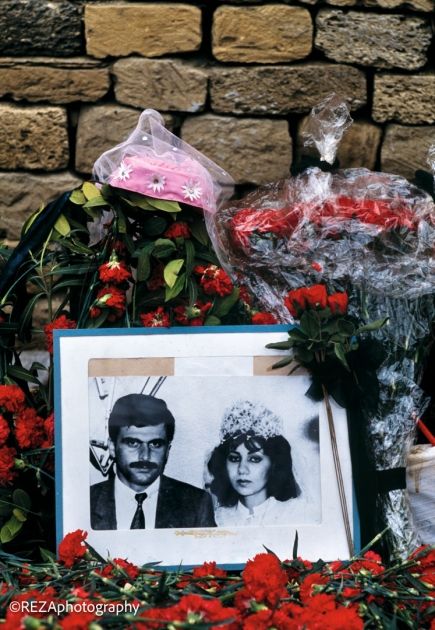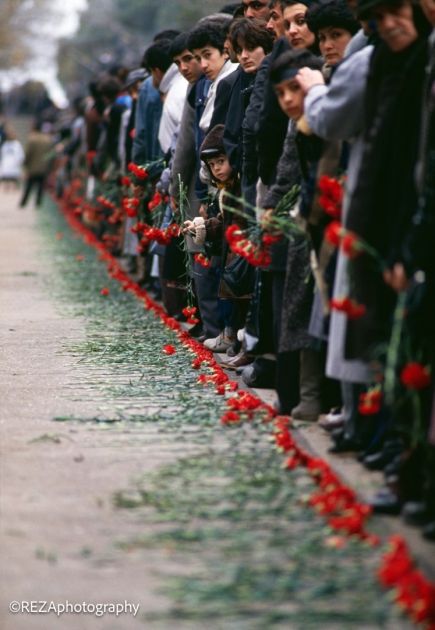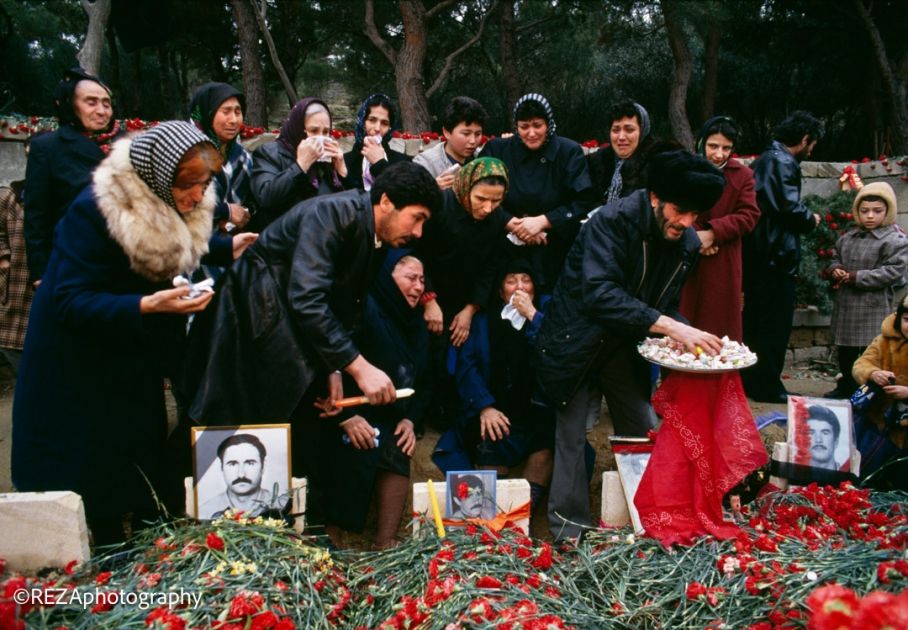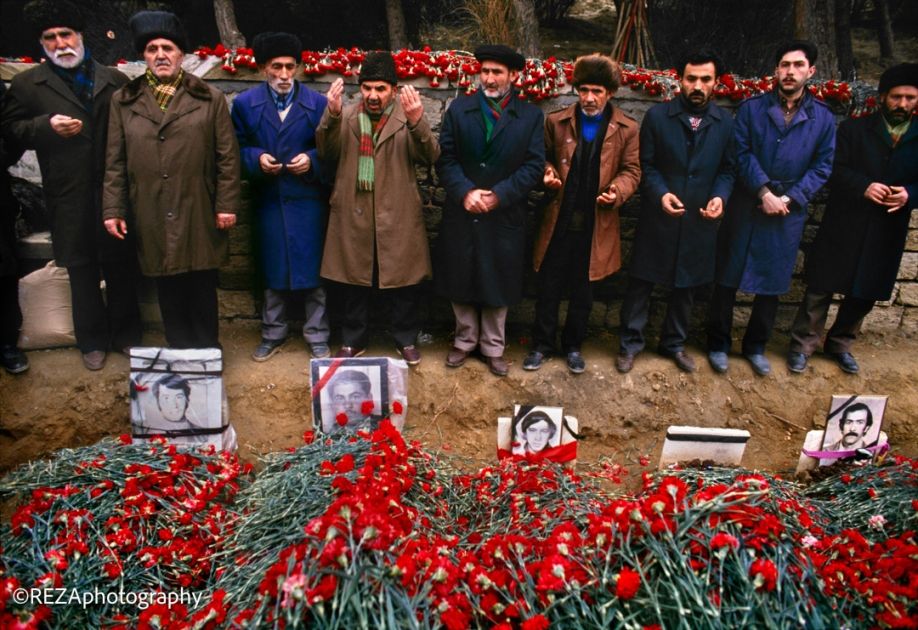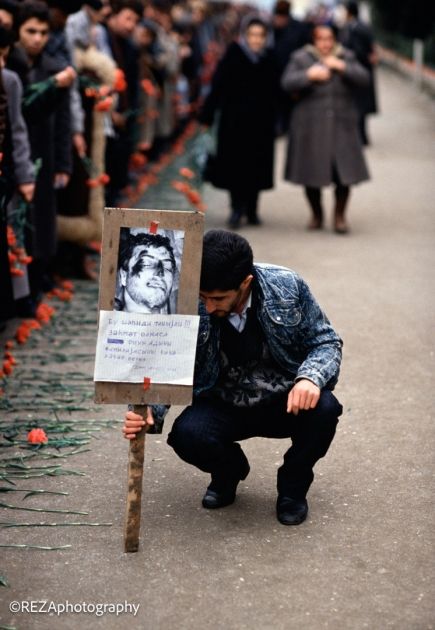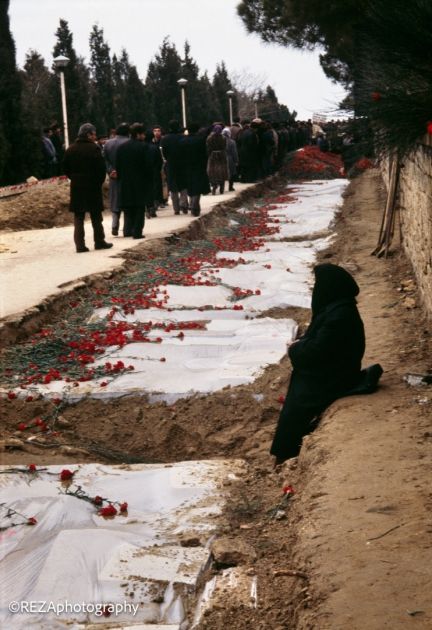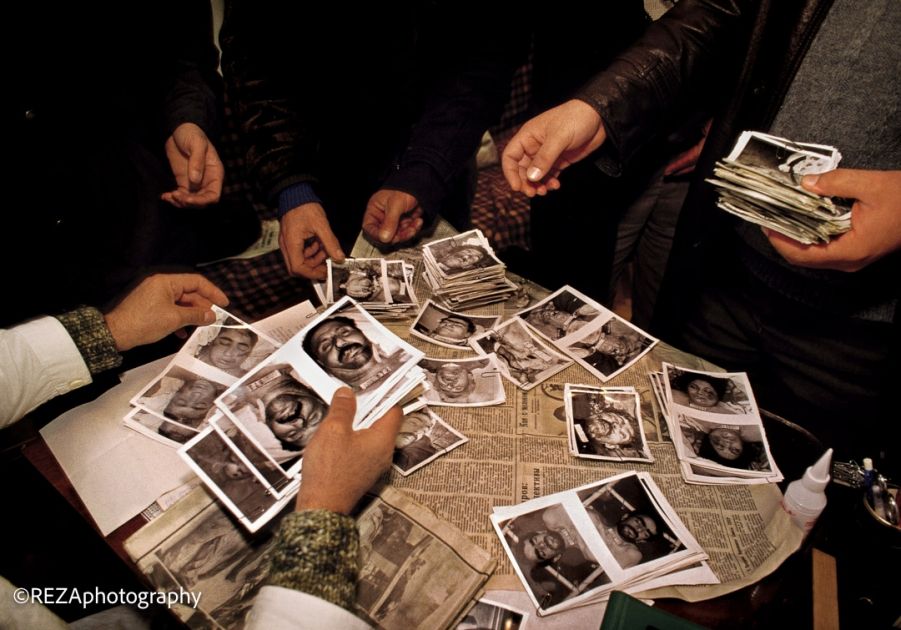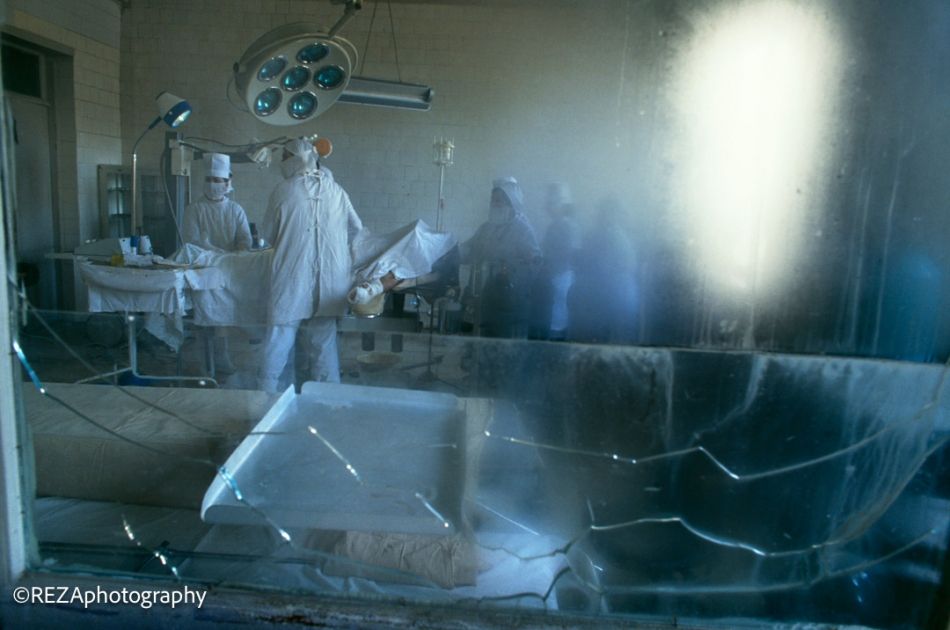Black January tragedy through eyes of photographer Reza Deghati [PHOTOS]
![Black January tragedy through eyes of photographer Reza Deghati [PHOTOS]](https://www.azernews.az/media/2024/01/19/jferferfe3.jpg)
Thirty-four years separate us from that bloody, terrible day when the January 20 tragedy occurred. The Azerbaijani people will soon go to the Alley of Martyrs to honour the victims of this tragedy and express their hatred for the perpetrators of this tragedy.
During the past period, a lot of work has been done to introduce this tragedy to the world: exhibitions have been opened, events have been held, and documentaries have been shown.
Renowned photojournalist Reza Deghati was one of the people who recorded the events of Bloody January and made them known to the world. The world-famous photojournalist Reza Deghati and his team became aware of the massacre planned by the former Soviet government against the civilian population in Baku on January 20, 1990.
Azernews takes a look at some moments from the arrival of the famous photojournalist Reza Deghati to Baku on the days of those events and the work he did to spread this tragedy to the world.
At a time when the population in Azerbaijan was disarmed, television broadcasting, which was the main source of news for the people, was stopped, and foreign journalists were prohibited from entering Baku. On January 20, 1990, Reza Deghati, as soon as he heard about this massacre, left Paris for Baku by difficult means. Since it was impossible to travel directly from Paris to Baku, he came to Moscow with a Soviet visa under the guise of visiting Moscow film studios.
As journalists are forbidden to enter, he hides on the train departing for Baku with the help of his Azerbaijani friends, avoiding unnecessary communication with people for 48 hours. On the train, his first task was to learn confusing Russian phrases such as "Ya pa rusky ni znaya" (I don't speak Russian) and "Ya Azerbaijani" (I am Azerbaijani). Because they did not interrogate Azerbaijanis who did not speak Russian. But if someone had checked his documents, it would have already meant the end.
When he arrived in Baku after this long journey, Reza Deghati compared the scene he saw here to a scene from a World War II movie.
"When the train entered Baku station after a 48-hour journey, half an hour before curfew in the evening, we saw armed Soviet soldiers lined up on the platform. It was cold, and I felt like I was in a WWII movie. As if nothing has changed."
On January 24, his friends met Reza Deghati in Baku and informed him about Soviet soldiers shooting civilians, tanks running over civilians, and killing unarmed people, including children, women, and the elderly.
At a time when it was so dangerous to walk on the street in Baku, surrounded by Soviet tank and soldier patrols, Reza secretly went to hospitals and morgues with his camera without thinking about his life and recorded the scenes he saw from different aspects on the memory of the photo tape.
"Baku was surrounded by tanks and military patrols. It was very risky to take pictures of what we saw in the open. We had to be careful; we had to find ways to hide the camera when taking photos from the windows of cars and buildings," says Deghati.
Arriving at the Alley of Martyrs, where the martyrs of Black January were buried, turned into a cemetery, and the graves were covered with red carnations and black clothes. Reza dressed like everyone else and hid the filming equipment with the help of people.
Those bitter days remained in Reza's memory: "First of all, I remember only red and black."
When the army helicopter flew over the cemetery to disperse the crowd, Reza had already finished shooting these "red and black" shots. Reza, who returned to Moscow without cameras and equipment due to security measures, later obtained them with the help of friends and went to Paris from there.
On the evening of his arrival in Paris, more than 18 television channels showed photos taken by Reza and talked about the events in Baku, dozens of radio stations and more than 2000 magazines and newspapers spread information about the January 20 tragedy.
Thanks to the photos and videos taken by photojournalist Reza Deghati and his team, the Black January events not only turned into an unforgettable event but also went down in history as the most merciless tragedy against humanity.
--
Follow us on Twitter @AzerNewsAz
Here we are to serve you with news right now. It does not cost much, but worth your attention.
Choose to support open, independent, quality journalism and subscribe on a monthly basis.
By subscribing to our online newspaper, you can have full digital access to all news, analysis, and much more.
You can also follow AzerNEWS on Twitter @AzerNewsAz or Facebook @AzerNewsNewspaper
Thank you!


